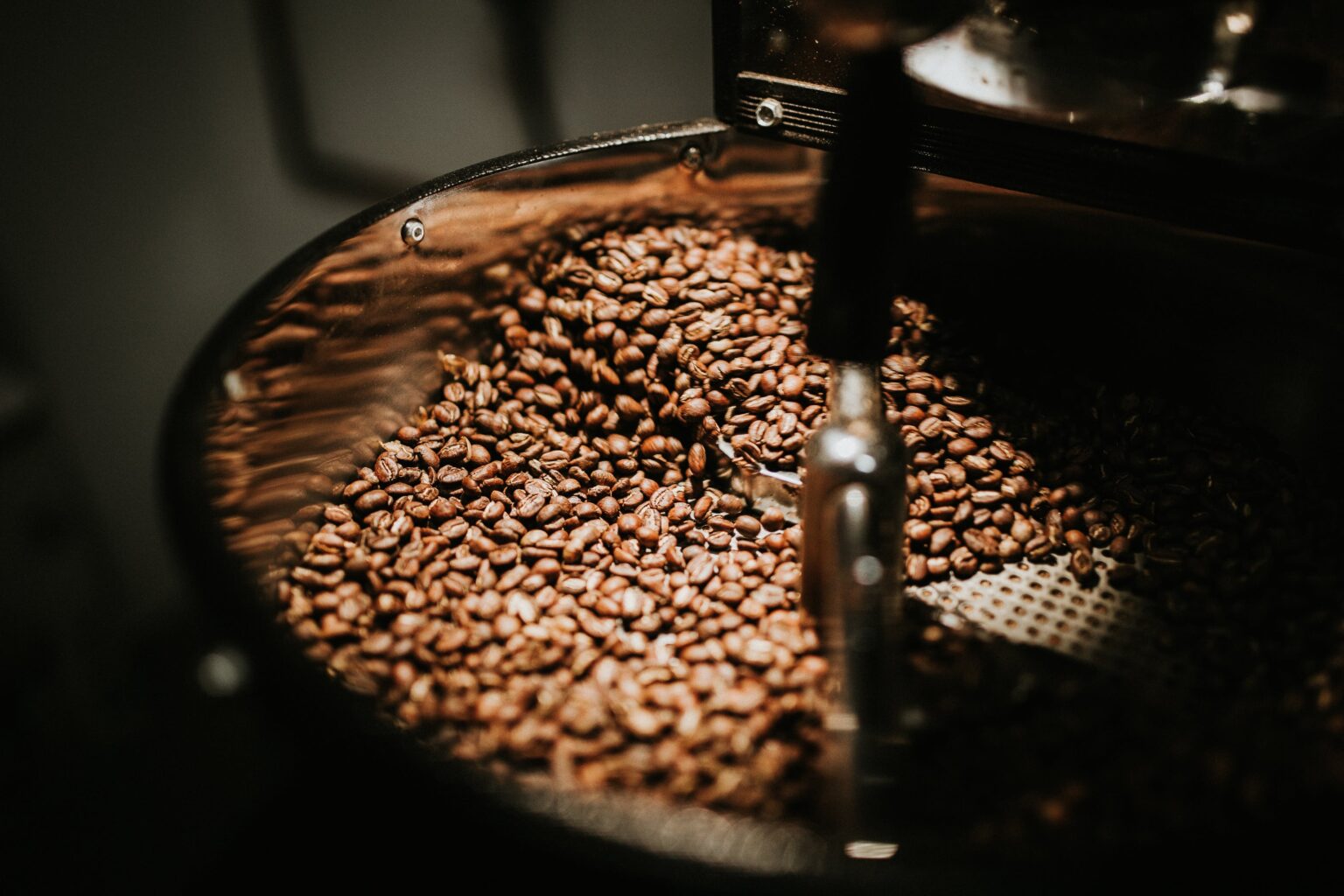When coffee beans get roasted, they go through many different chemical reactions, the beans begin to darken and the heat starts to break down the complex carbohydrates. Smaller molecules are created and form vapour and carbon dioxide.
When the beans build up enough gases, the pressure forces the bean’s cell wall to break, this is known as the “first crack”. Due to the release of energy and sugar transformation in the roasting process, carbon dioxide is most evident in the last stages of roasting.
During the process of coffee roasting, carbon dioxide along with other gasses form within the coffee bean. Majority of these gases are released within the first 24 hours after the roasting process and continue to emit for the next 14 days.
The presence of carbon dioxide in our coffee beans may sound bad, but did you know that it has a positive effect on our coffee? Being an indicator of freshness, the gas increases the coffee’s shelf life. It plays an important part in the extraction process of the coffee and affects crema formation.
It’s important that you are patient during this time. You can speed up this process by grinding up your beans, but this is not recommended because you will deplete all the CO2 out of your coffee, which will result in bad tasting coffee. This is why it’s best to grind your beans right before you brew for guaranteed freshness.
Degassing can vary depending on the beans processing method. There are three main types of methods when it comes to coffee processing: Washed, Natural and Honey. Natural beans need more time to degas than washed, for they need a few more days to open up during the degassing period.
Roast Profile – Wait Period
Lighter Roasts – Low Rate, takes the longest.
For lighter roasts, you want your beans to have a nice shine to them, but not be oily. You can test their freshness by putting a handful of beans into a ziplock bag, squeezing all the air out and leaving them to sit overnight.
Darker Roasts – Fast Rate, the darker the roast, the faster the degas since the bean has more cracks for the carbon dioxide to escape.
For darker roasts, If your beans have a nice oily shine and leave a residue when you handle them, then they are still fresh.
Brewing Method – Wait Period After Roasting
French Press – 2 Days
Aeropress – 2-7 Days
Pour Over / Filter – 2-7 Days
Espresso Machine 7-14 Days
Here are some tips to consider when storing your freshly roasted beans
1.Store your coffee in a cool and dry place.
2. Avoid grinding your beans, pre-ground coffee will degas much faster than whole beans, leaving you will less shelf-life.
3. Avoid large batches of coffee. Only buy or roast small batches, so you can consume them within a reasonable amount of time, without the coffee going stale.
4. Use a storage container that has a one-way valve, these containers are excellent for storing coffee, the valve allows the carbon dioxide to exit without letting any oxygen in.
5. Reuse large yoghurt pots, these are excellent for storing fresh coffee, because they aren’t airtight, allowing the carbon dioxide to escape. They are also opaque which will protect the coffee from sunlight.
Source : https://thecoffeeguru.net/degassing-roasted-coffee-beans/


0 Comments